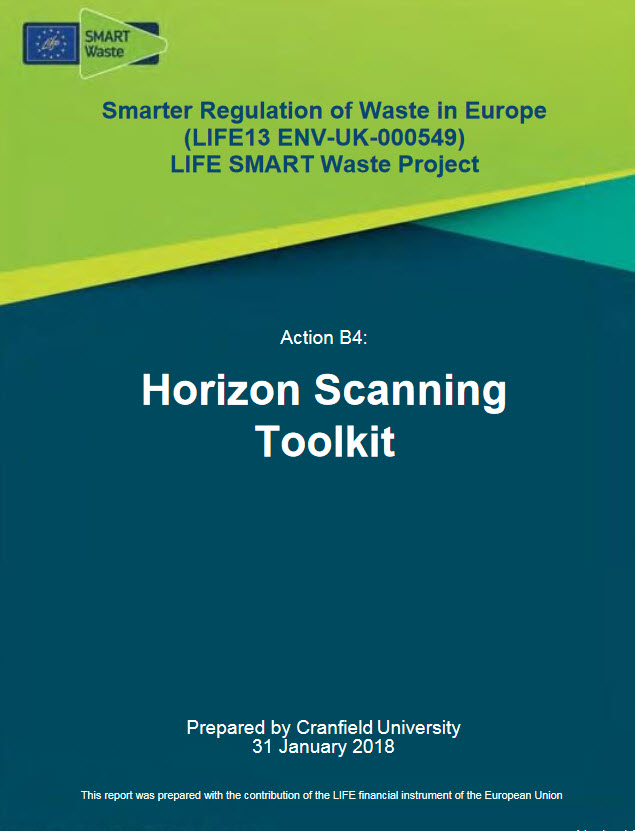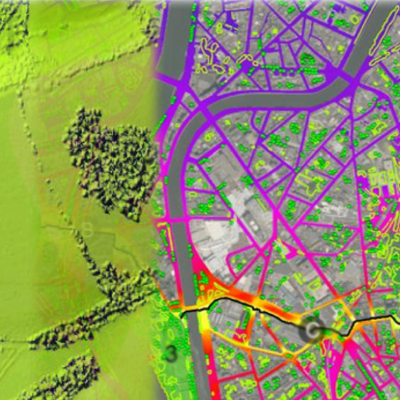Strategic foresight research refers to a range of methods that can be used to identify, analyse and communicate insights about the future. Standard methods include horizon scanning, trend research, and scenario planning.
Outputs include emerging issues, trends, visions, scenarios, and wild cards. The methods employed and insights produced are used by both private and public sector organisations to inform a wide range of policy, risk, strategy and innovation processes. Foresight research is a truly inter-disciplinary ‘science’, covering and combining developments in society, technology, economy, ecology, politics, legislation and values.
Crucially, foresight research is as much about analysing the past and present, as it is about looking to the future. Once we understand how a system developed and works today, we can explore how it may evolve and look in the future. Strategic foresight techniques consider ranges of possible, plausible futures so that planning can be put in place to adapt to and mitigate against various conditions. It is designed to add resilience, adaptability and flexibility to organisations in an increasingly complex and fast changing world.
This course explores how horizon scanning can act as a method of gathering new insights that may point us towards affirming or discrediting existing trends and developments, as well as identifying new and emerging trends and developments that are on the margins of our current thinking, but which will impact on the future.
Other foresight methodologies (e.g. scenario planning, visioning, back-casting) can be used to help us to use the trends identified from horizon scanning to identify how the future might develop.
At a glance
-
- Dates
-
- Please enquire for course dates
- DurationFive days
- LocationCranfield campus
-
Cost
£1,460
Concessions available
What you will learn
On successful completion of this course you will be able to:
- Explain why organisations engage in foresight research and what foresight research aims to achieve - and what it cannot do,
- Evaluate the utility and application of different foresight research methodologies,
- Examine the role of foresight research evidence in a broad business and environmental context,
- Identify and apply the tools of foresight research in a broad business and environmental context,
- Apply foresight research methods to support a convincing case for action within the organisation and use foresight research evidence to effectively plan for the long-term resilience of the organisation.
Core content
In exploring strategic foresight research in relation to its utility by environmental organisations, this course will combine formal lectures with interactive practical exercises that will cover:
- An overview of the reasons why organisations engage in foresight research,
- An overview of the aims and objectives of foresight research,
- An overview of the different types of foresight research methods including, but not confined to horizon scanning, trend research, scenario building, visioning and back-casting,
- An overview of where different types of foresight research methods are best applied depending on the issue to be explored, the time available for research and the output required,
- A practical training session in horizon scanning [what is does; why it’s used and how it’s done],
- A practical training session on different scenario building methods [what are scenarios, what can they be used for and how are they developed],
- A group activity to stress-test the resilience of organisational policy or strategy, using windtunnelling approaches [why is it important to stress-test the organisation’s policy / long-term strategy, what approaches are used, what are the likely gains (i.e. in the future)],
- A group activity to develop a vision [i.e. describing a preferred future (the vision)], and using back-casting to assess the implications of the vision [i.e. setting out the steps to make it happen), and evaluating enablers and barriers to achieving desired outcomes.
Who should attend
- Strategy Managers
- Technical Directors and Managers
- Quality Directors and Managers
- Head of Risk
- Head of Assurance
- Legal, Compliance Managers and Directors
- Safety Managers and Directors
Concessions
20% discount for Cranfield alumni
Accommodation options and prices
This is a non-residential course. If you would like to book accommodation on campus, please contact Mitchell Hall or Cranfield Management Development Centre directly. Further information regarding our accommodation on campus can be found here.
Alternatively you may wish to make your own arrangements at a nearby hotel.
Location and travel
Cranfield University is situated in Bedfordshire close to the border with Buckinghamshire. The University is located almost midway between the towns of Bedford and Milton Keynes and is conveniently situated between junctions 13 and 14 of the M1.
London Luton, Stansted and Heathrow airports are 30, 90 and 90 minutes respectively by car, offering superb connections to and from just about anywhere in the world.
Location address
Cranfield UniversityCollege Road
Cranfield
Bedford
MK43 0AL
Read our Professional development (CPD) booking conditions.


